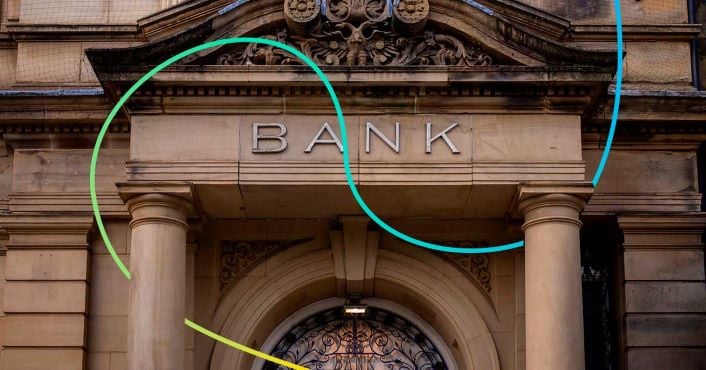In the spring of 2021, the EU launched a new set of rules called the Sustainable Finance Disclosure Regulation or simply the SFDR.
The SFDR provides concrete guidance on the disclosure obligations of financial market participants and financial advisors in relation to the integration of environmental, social and governance (ESG) issues. The disclosure requirements are intended to help investors understand how financial institutions work with sustainability to ensure a stronger basis for investment decisions.
Continue reading as we take a look at the purpose of the regulation, which organizations are subject to it, what it means for each organization, and finally how the SFDR relates to other EU sustainability initiatives.
What is the purpose of SFDR?
The SFDR aims to increase sustainability transparency among financial institutions. The regulation consists of disclosure requirements at the organizational level as well as at the service and product level, and both financial market participants and financial advisors are obliged to disclose on their websites how they integrate sustainability risks into their investment decisions and investment advice, respectively.
The goal is to standardize sustainability metrics and at the same time prevent greenwashing and enable comparisons across organizations so that investors can make the right investment decisions regarding sustainable investing.
What is sustainable investing?
The concept of sustainable investment is defined in the SFDR as investments that contribute to either environmental goals (e.g. climate change mitigation, pollution prevention) or social goals (e.g. respect for human and labor rights).
In addition, the following two requirements must apply:
- The investment must not significantly harm any of the environmental or social objectives.
- The investee company must adhere to good governance practices.
The environmental objectives are defined and elaborated on in the EU Taxonomy Regulation.
ALSO READ:What is the EU Taxonomy for Environmental Sustainability?
Who is subject to the SFDR?
The SFDR applies primarily to financial institutions, including banks, insurance companies, asset managers and investment firms operating within EU borders. However, organizations outside the EU will be affected indirectly through EU subsidiaries, provision of services in the EU or general market pressures.
At the company level, financial institutions are required to disclose how they integrate sustainability risks into their investment decisions and investment advice, respectively. These sustainability risks are defined in the regulation as environmental, social and governance circumstances that, if they occur, could have a material adverse effect on the value of the investment.
Among other things, organizations must disclose information on:
- The use of policies to identify and prioritize adverse sustainability risks
- The management of negative sustainability risks
- The fulfillment of codes of conduct for responsible business operations.
At product level, the SFDR requires an overview and explanation of how sustainable financial products achieve the sustainability goals that are set. For partially sustainable financial products, it is required to explain how the sustainable characteristics are met.
Part of a larger political agenda
The EU has put sustainability on the agenda with its ambitious goal of becoming the first climate-neutral continent by 2050. This will not be an easy task and will require action from many actors.
The SFDR is part of the comprehensive sustainability strategy. There is a close connection between the SFDR, the EU Taxonomy Regulation, and the EU Green Deal. While the Taxonomy Regulation specifies and expands a number of disclosure obligations in the SFDR, the Green Deal acts as a collective climate ambition that brings all the sustainability elements together so that the ambitious goal becomes achievable.
ALSO READ: EU Green Deal: A climate-neutral continent by 2050




